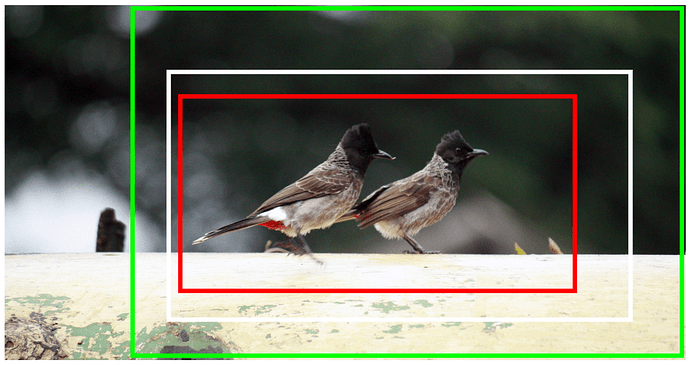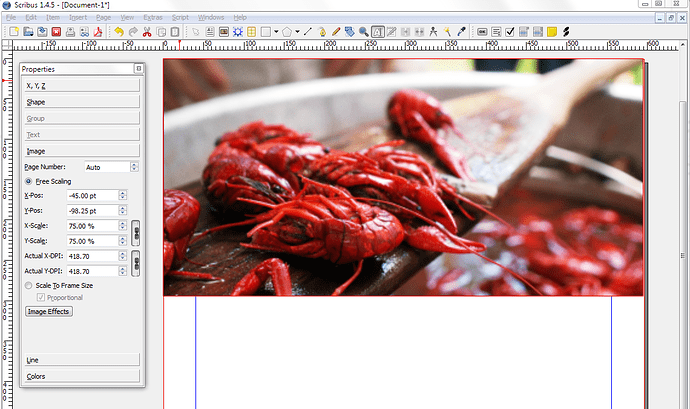Hi all,
I thought it would be a good idea to start the general discussion about my idea here, because it involves several software projects such as darktable and other raw developers, gimp, inkscape, scribus etc.
The problem: When you are working with fix layouts such as photo books, greeting cards or whatsoever, you often have to fit your photographs to a given image frame with a fix aspect ratio. This may not suit the aspect ratio of your original image and therefore you have to crop the image. In many cases, this would lead e.g. to cutting away feet of the subjects in the photograph (or, worse, cutting away their heads). If it is a stock photo, you have, of course, no chance to change, but when buying stock art you can buy an image of the correct aspect ratio. If the photograph is your own, you may have cropped the image in postprocessing and there would be the opportunity to go back in your workflow and reprocess your image with another crop that adds material at the left and right side of the image instead of cropping away feet and head. This is a cumbersome process since you may have to adapt your crop in e.g. darktable, repeat retouching in gimp with the new picture and then insert it back into your scribus layout.
What if, from the beginning, darktable offers to write the crop parameters into the metadata of the output jpeg instead of performing the crop. Gimp and scribus could recognize this crop parameters and insert the picture with the intended crop but leaving the opportunity to add a little to the left and right of the picture instead of cropping the feet away to suit it to the picture frame.
Technically, inkscape could handle the imported picture as a rectangle filled with a pattern. The rectangle size and position would represent the crop and the pattern size would be that of the entire picture. Gimp could handle the crop as mask but remember during export that the crop parameters have to propagate into the exported jpeg’s metadata. I guess in scribus there are similar options (inkscape and scribus have to handle only the input part while gimp has to respect it on both ends.
The next question is how to store the crop information in metadata. http://photo.stackexchange.com/questions/43893/how-to-store-tilt-rotation-and-crop-information-in-metadata discusses suggests using the adobe camera raw namespace in XMP since in EXIF and IPTC this information is not provided and XMP is flexible enough to do it.
With this post I want to start discussion about the feature, its technical implementation and so on. I already started a thread on the darktable users mailing list (http://thread.gmane.org/gmane.comp.graphics.darktable.user/8307) and @houz from the darktable developers already promised to implement the feature in lua once the lua capabilities to do it are available (I guess with 2.0 or maybe a bit later). But this only makes sense if this information is used by other programs. Therefore I ask you for your opinion/ideas/suggestion/etc.?
Best regards
Chris




